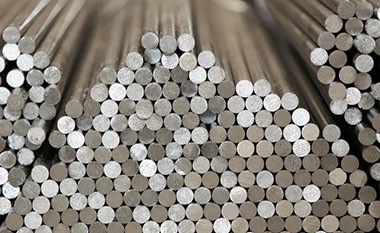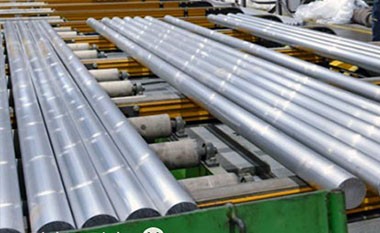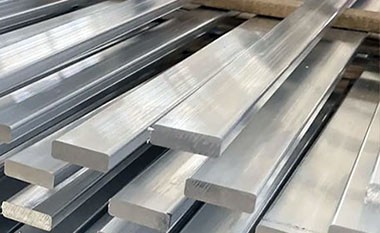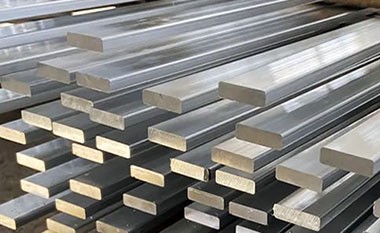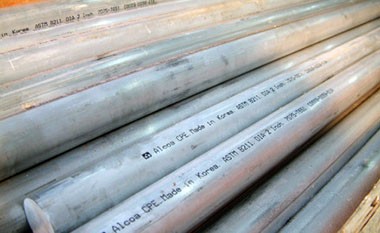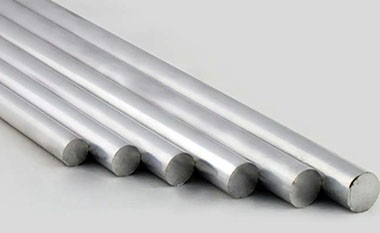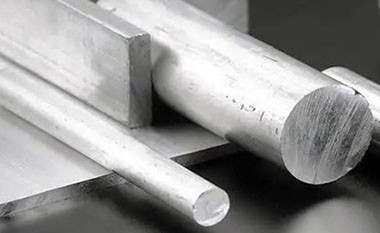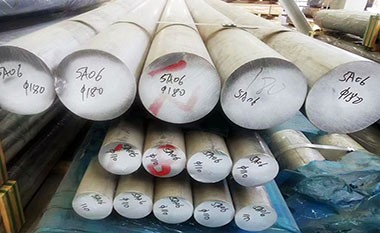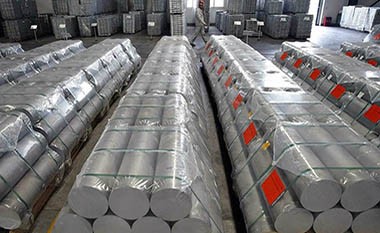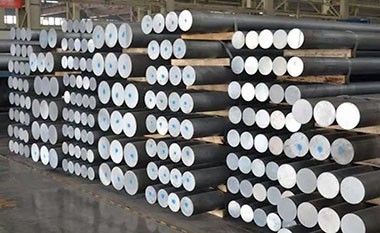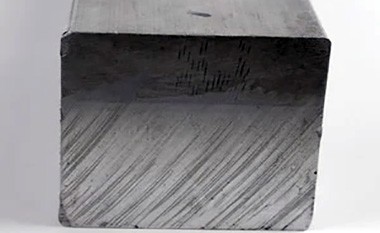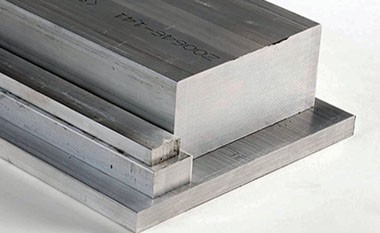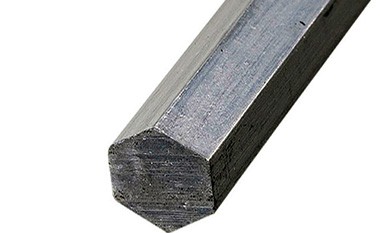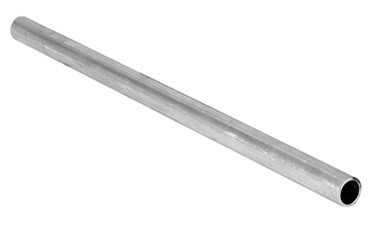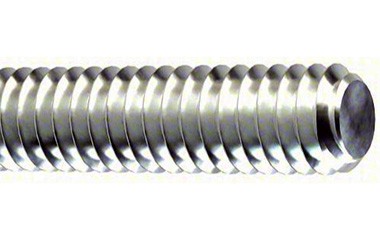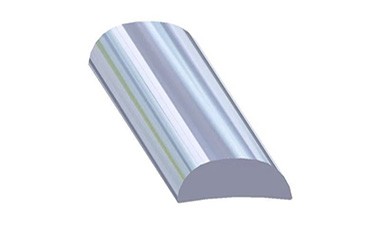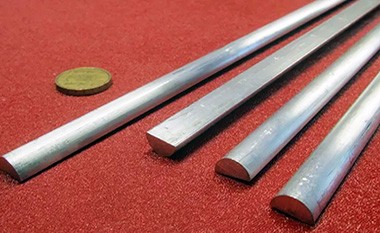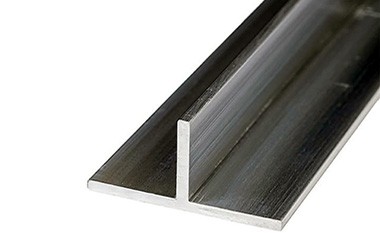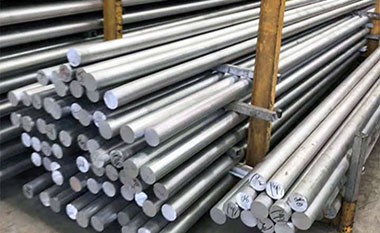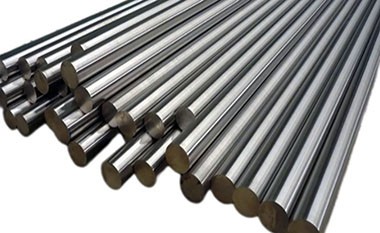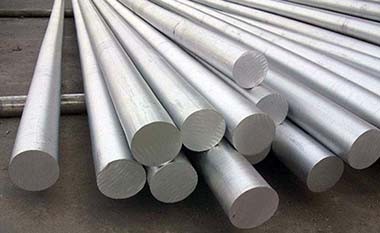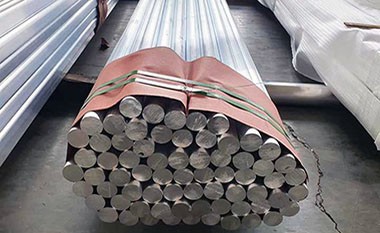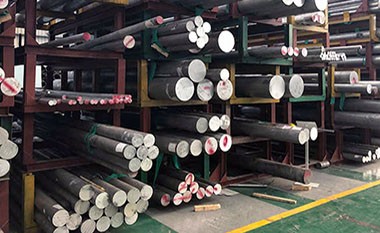1100 Aluminum Bar
1100 aluminum bar is a pure aluminum alloy, with an aluminum content of more than 99.0%, making it highly pure. Its main features include excellent corrosion resistance, good formability, superior weldability, and good electrical conductivity. Due to these properties, 1100 aluminum bar is widely used in various fields, especially in applications where high strength is not required but good ductility and corrosion resistance are essential.
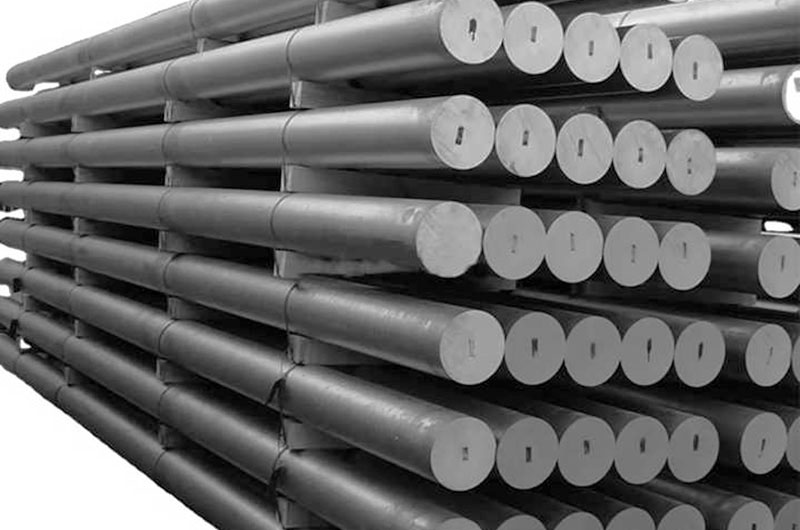
Features of 1100 Aluminum Bar
- High Purity: With an aluminum content exceeding 99.0%, it has excellent corrosion resistance, making it particularly suitable for use in humid or corrosive environments.
- Good Ductility: 1100 aluminum alloy has excellent ductility, is easy to form, and can be processed by various methods such as bending, spinning, stretching, stamping, and rolling.
- Strong Weldability: Due to its high purity, 1100 aluminum bar has excellent welding performance and is suitable for various welding processes.
- Low Strength: Compared to other aluminum alloys, 1100 has lower strength, making it unsuitable for high-strength structural applications.
- Non-magnetic: 1100 aluminum is non-magnetic, which gives it a unique advantage in certain applications, such as electrical equipment and communication devices.
- Non-heat treatable: Due to its high purity, 1100 aluminum alloy cannot be hardened through heat treatment. Its hardness is primarily adjusted through cold working.
- Excellent Corrosion Resistance: It performs excellently in various environments, making it ideal for use in food processing and chemical handling applications.
What is 1100 Aluminum Used For?
Due to its high ductility and good corrosion resistance, 1100 aluminum is mainly used in applications that do not require high strength but need good flexibility and resistance to corrosion.
- Chemical Equipment: Such as reactors, storage tanks, etc., due to its excellent corrosion resistance, it can be used in chemical processing environments for extended periods.
- Food Processing Equipment: 1100 aluminum alloy is commonly used in food processing equipment, containers, packaging, etc., because it is non-toxic, corrosion-resistant, and easy to clean.
- Decorative Trim: Due to its good processability, it is commonly used to make decorative parts, such as frames and panels.
- Lighting Equipment: Used for making lamp housings and brackets, due to its good electrical conductivity and formability, it is suitable for the lighting industry.
- Heat Exchangers: Due to its good thermal conductivity and corrosion resistance, 1100 aluminum bar is also suitable for components in heat exchangers.
- Building and Transportation: Used for structural components, window frames, vehicle body shells, etc., but due to its low strength, it is usually used for non-load-bearing parts.
Processing Methods for 1100 Aluminum Bar
1100 aluminum bar is easy to process and can be worked by various methods, including:
- Cold Working: Suitable for bending, stretching, and stamping to form various complex shapes at low temperatures.
- Hot Working: Although 1100 aluminum cannot be hardened by heat treatment, it still has good plasticity during hot working, making it suitable for casting and rolling processes.
- Welding: Its excellent weldability makes it suitable for various welding techniques, such as TIG welding and MIG welding.
1100 aluminum bar, with its excellent corrosion resistance, good ductility, and superior weldability, is the material of choice for many industrial applications. Although its strength is relatively low, it provides excellent performance in applications that do not require high strength.
Chemical composition of 1100 aluminum alloy
| Element | Composition(%) |
| Si | 0.95 |
| Fe | |
| Cu | 0.05-0.20 |
| Mn | 0.05 |
| Mg | - |
| Zn | 0.05 |
| Al | Remainder |
Mechanical property of 1100 aluminum bar
| Temper | Yield strength MPa | Tensile strength MPa | Elongation | Hardness(HB) |
| F | 55 | 75 | 20 | 20 |
| O | 55 | 75 | 20 | 20 |
| H14 | 95 | 125 | 3 | 40 |
| H18 | 125 | 150 | 2 | 47 |
What is the difference between 6061 and 1100 aluminum?
The main differences between 6061 aluminum and 1100 aluminum are related to their composition, mechanical properties, and typical applications.
- 6061 aluminum is a strong, heat-treatable alloy ideal for structural applications, aerospace, and transportation, offering good corrosion resistance and machinability.
- 1100 aluminum is a highly corrosion-resistant, soft, and ductile alloy used mainly in decorative, food, and chemical industries where high strength is not required.
6061 is stronger and more versatile for structural and high-strength applications, while 1100 is better suited for applications requiring excellent corrosion resistance and formability but lower strength.
Below is a comparison table highlighting the main differences between 6061 aluminum alloy and 1100 aluminum alloy:
| Property | 6061 Aluminum Alloy | 1100 Aluminum Alloy |
| Alloy Composition | Mainly contains silicon (Si) and magnesium (Mg), with small amounts of copper, zinc, chromium, and other elements | Pure aluminum alloy, with an aluminum content of about 99% or more, containing small amounts of copper, iron, and silicon |
| Strength | High | Low |
| Hardness | High | Low |
| Corrosion Resistance | Good, especially enhanced after anodizing, but sensitive to stress corrosion cracking | Excellent, especially suitable for marine and chemical applications |
| Workability | Good, with good weldability and machinability, and high strength after heat treatment | Excellent, easy to deep draw, form, and weld, but with lower strength |
| Weldability | Good, weldable, especially in T6 condition, with high strength after welding | Very good, excellent welding performance, but with lower strength |
| Typical Applications | Aerospace, automotive parts, building structures, mechanical frameworks, etc. | Decorative items, food processing, chemical storage tanks, electrical conductors, heat exchangers, etc. |
| Cost | Higher, due to alloy composition and heat treatment process | Lower, due to its high purity and simpler manufacturing process |

